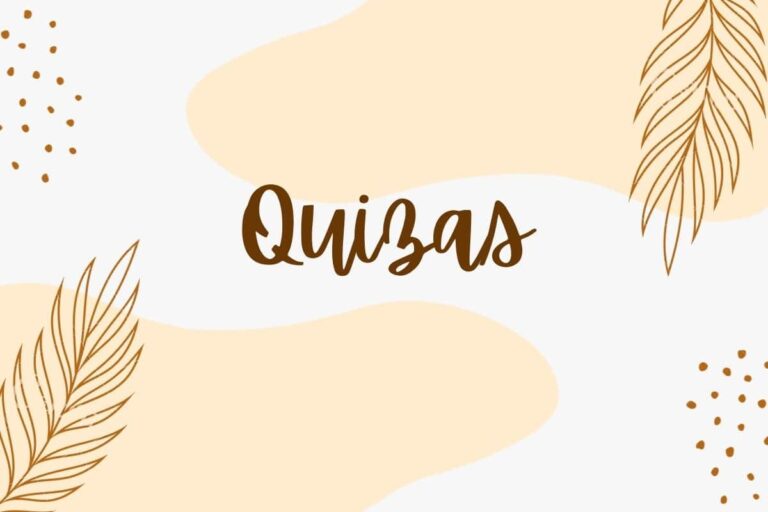How to Respond to ¿Cómo estás? – 19 Replies Used by Locals
Cómo estás, just like its English equivalent “How are you?”, is mostly a rhetorical question. Most times, people don’t really want to know how you are doing; they’re just being polite. But that doesn’t mean that your response has to be plain or insincere! There are a lot of options besides Bien, ¿y tú?. In this article, you’re going to learn the response to ¿Cómo está? that suits you just right.
Read next: 18 Ways to Say How Are You in Spanish
Responses to Cómo Estás at a Glance
Spanish | English |
Standard responses | |
Excellent | |
Everything’s good | |
Very well | |
Normal | |
So-so | |
Not so good | |
Bad | |
Awful | |
When you're feeling great | |
Wonderful | |
Great! | |
Like never before | |
I’ve never felt better | |
When you're just ok | |
Regular | |
Can't complain | |
As usual / Same ol, same ol | |
When you're not doing well | |
Terribly | |
Horribly | |
I’m destroyed | |
Hanging in there | |
Want to ask What are you doing in Spanish? We’ve written an article addressing just that!
Contents
Standard responses to ¿Cómo estás?

If you want to reply to ¿Cómo estás? with ease, you should learn these standard responses. These are the most common ones, appropriate for almost any context.
| Spanish | English |
| Excelente | Excellent |
| Todo bien | Everything’s good |
| Muy bien | Very well |
| Normal | Normal |
| Más o menos | So-so |
| No muy bien | Not so good |
| Mal | Bad |
| Fatal | Awful |
Read next: 100 Must-Know Basic Spanish Words For Beginners (with Audio)
Using ¿Y tú? and ¿Y usted? to Respond to Cómo estás
Always remember that, after responding, you should ask how the other person is. The polite thing to do is to follow every response with a gentle ¿Y tú? If you’re in a formal context (that is, the other person is older than you or very respectable), you may want to be a little more formal and say ¿Y usted?
Feeling confused? Don’t worry, choosing between tú and usted is easier than it seems. You just have to listen to the other person. If he or she says ¿Cómo estás?, with an “s” at the end, you can use ¿Y tú?; if he or she says ¿Cómo está? (without the final “-s”), you should use ¿Y usted? Let’s see some examples:
Formal setting:
Spanish
Q: ¿Cómo está?
A: Bien, ¿y usted?
English
Q: How are you?
A: Good, and you?
Informal/Casual setting:
Spanish
Q: ¿Cómo estás?
A: Todo bien, ¿y tú?
English
Q: How are you?
A: Everything’s good, and you?
Responses When You’re Feeling great
If you’re in a very good mood, here you’ll find an appropriate response to ¿Cómo estás?
| Spanish | English |
| De maravilla | Wonderful |
| ¡Genial! | Great! |
| Como nunca | Like never before |
| Nunca me he sentido mejor | I’ve never felt better |
Responses When You’re Just Ok
¿Everything is just… ok? That’s ok, we can’t always be feeling on top of the world. Here are some options when things are ‘meh’.
| Spanish | English |
| Regular | Regular |
| No me quejo | Can’t complain |
| Como siempre | As usual / Same ol, same ol |
Read next: 4 Ways to Say How Are You Feeling in Spanish
Responses When You’re Not Doing Well
Everyone has a bad day once in a while. Here’s how to express it:
| Spanish | English |
| Pésimo | Terribly |
| Horrible | Horribly |
| Destruido / Destruida | I’m destroyed |
| Aquí , aguantando | Hanging in there |
Conclusion
As you can see, there is more than one reply to ¿Cómo está? You can use the happy, cheerful ¡De maravilla!, or the pessimistic Pésimo. It’s your choice! In any case, you can now respond when another person asks how you are in Spanish. Now, you’re ready to initiate small talk!






